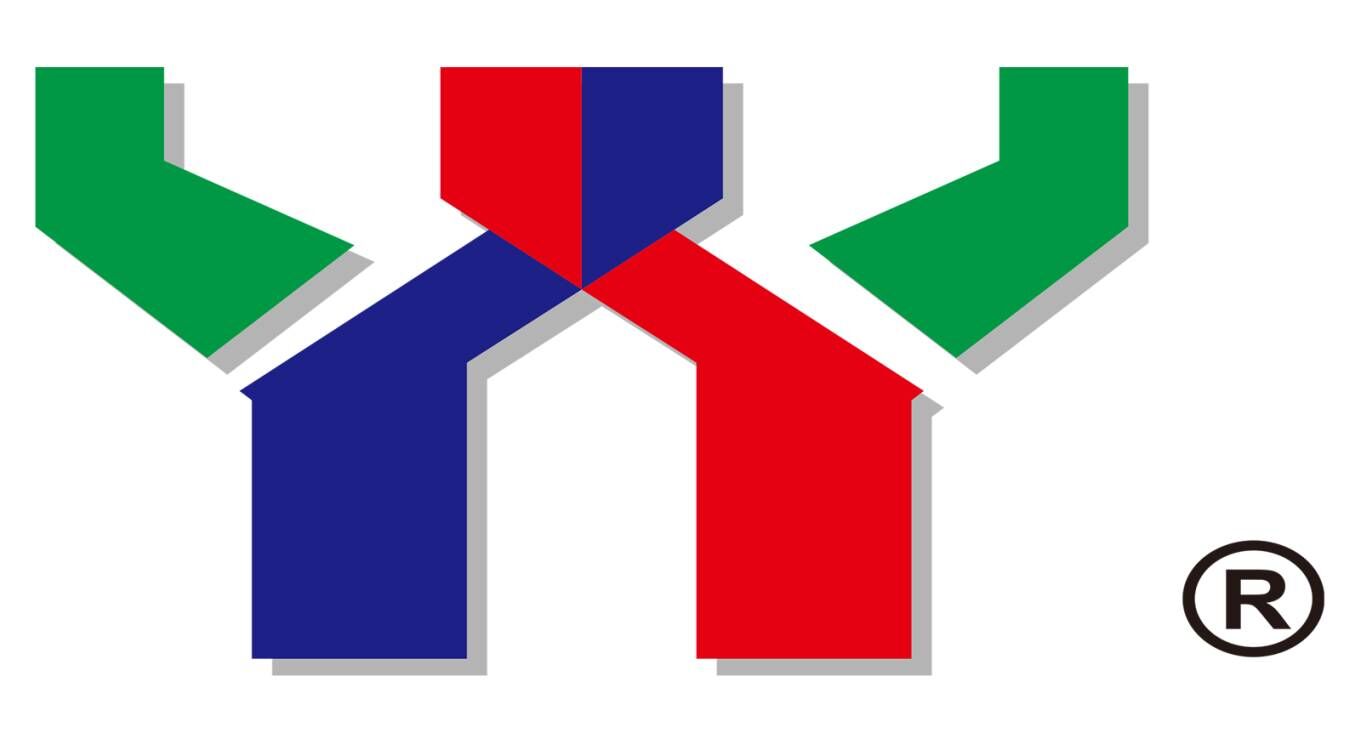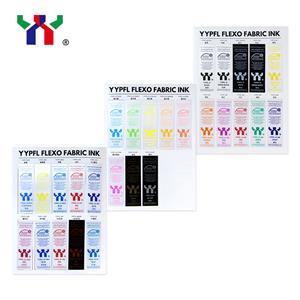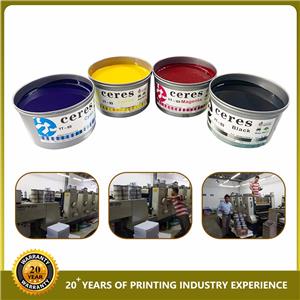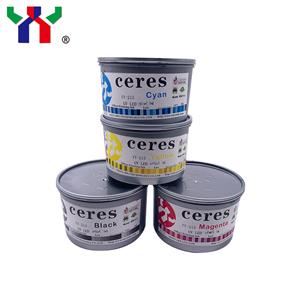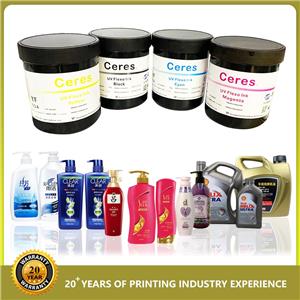Anti-counterfeiting printing technology
Anti-counterfeiting printing technology
Printing anti-counterfeiting technology is a comprehensive anti-counterfeiting technology, including anti-counterfeiting design plate making, precise printing equipment and matching ink and paper. Purely from the perspective of printing technology, printing anti-counterfeiting technology mainly includes: engraving plate making, computer design of pattern, gravure printing, rainbow printing, pattern docking, double-sided printing technology, multi-color wiring printing, multi-color overprinting, micro-printing Technology, refraction latent image, invisible image and image interference printing. With the development of high technology and people's requirements for high-quality packaging printed matter, the packaging and printing industry has begun a large-scale technological revolution in recent years. The combined use of multiple printing equipment, The mutual penetration of multiple printing processes makes printed products more unpredictable and colorful. Products printed using these new technologies have set up barriers and resistance for those who try to fake.
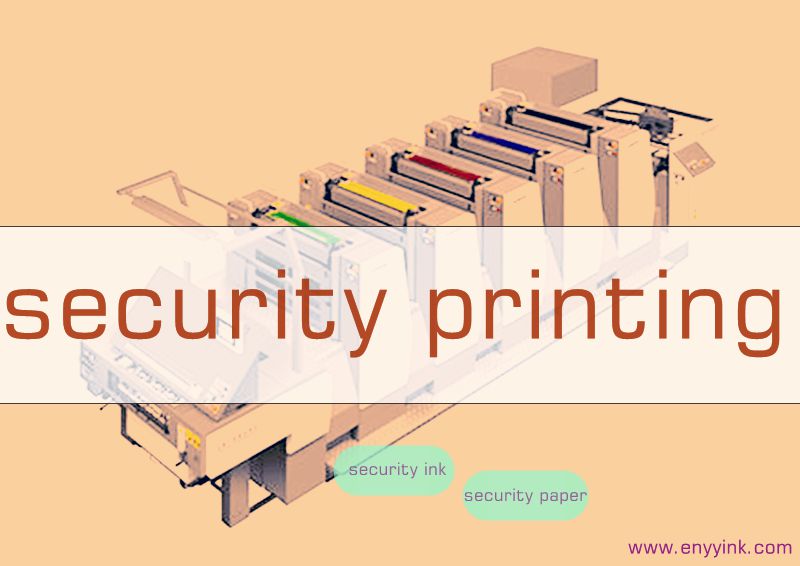
Common process
Generally, high-end packaging and decoration prints are mostly designed with large areas of color blocks, complex lines, patterns, etc., which brings certain difficulties to a single printing method. If you use plano-convex printing, you can use a letterpress printing machine with high pressure and even inking strengths and large areas of solid color blocks. Use the flat and soft strengths of the lithographic printing machine to print four-color continuous and complex line parts, so as to maximize the strengths and avoid the weaknesses. It is very obvious. For some more demanding and more complex printed products, you can also use multi-process printing such as hand, convex, concave and flat, convex, concave and leaking. In short, the more complex the printing process, the more difficult the printing of packaging and decoration, the better the anti-counterfeiting effect.
Multi-color string printing
Multi-color serial printing is also called serial color printing. Generally, letterpress printing is used for printing. According to the requirements of the printed product, after placing partitions in the ink tank, inks of multiple hues are placed in different partitions. Under the stringing action of the stringing roller, the adjacent parts of the ink are mixed and then transferred to the printing plate. With this printing process, multiple colors can be printed at one time with a soft transition in the middle. Since it is difficult to see the placement distance of the ink tank partition from the printed product, it can also play a certain anti-counterfeiting effect. If this technology is used in large-area shading printing, its anti-counterfeiting effect will be more prominent.
Gravure technology
It means that the graphics and text parts on the printing plate are raised, and the inks of the printed graphics are also raised, and the lines of the graphics and text are clear and layered, which can be felt when touched. This printing technology not only protects the paper, but also has anti-counterfeiting properties. Gravure printing technology is used for important securities.
The types of gravure printing are divided into two categories according to the plate making method: engraved intaglio (hand-engraved intaglio, mechanical engraved intaglio), and corrosion intaglio.
The anti-counterfeiting effect of hand-carved gravure printing is better. Combined with anti-counterfeiting ink technology. Some printing anti-counterfeiting inks have larger pigment particles and require a thicker ink layer, while gravure printing has a stronger texture. The combination of the two will achieve double anti-counterfeiting and decoration effects. For example, the use of fluorescent ink in gravure printing not only ensures the micro-convex feel of gravure printing, but also guarantees the use requirements of fluorescent ink, and the secret anti-counterfeiting functions of both are also guaranteed.
Laser holographic iris printing
Laser holographic iris printing uses laser holographic photography to make a template in an anti-vibration chamber, and then transfer the pattern to a certain carrier through a certain pressure. Under the illumination of a 45-degree point light source, its products can produce a colorful rainbow-like unique effect, and the image has a strong three-dimensional effect, which is deeply favored by consumers. Two processes are mostly used: cold press coating and direct blanching. Because the plate-making process of this technology is more complicated and difficult, the anti-counterfeiting effect is excellent. It should be particularly pointed out that holographic photography uses a laser light source to simultaneously capture the amplitude information and phase information of the scene's light waves in a very short time in an anti-vibration room, and uses the principle of light interference to form each particle of the scene to form all the information. In the process of plate making, the slight air flow in the room can cause the color of the holographic image to change, so it is impossible to make two identical holographic plates in any case.
Hand-engraved imprint
Most of the packaging and decoration prints require the key product names and patterns to be raised. These graphic bulges are mostly made of relief plates by chemical corrosion methods, and then they are combined with gypsum intaglio to complete the imprinting. Although this method has the advantages of simple manufacturing process and short cycle, the embossing effect is not good and does not have the effect of anti-counterfeiting. Therefore, many printing plants adopt engraving plate embossing process.
Hand-engraved plates need to use copper plates with better quality, and the graphics (mainly patterns) required by the user are carved out in layers with a carving knife based on the manual skills of the engraver. Generally, 3 to 4 levels can be carved. In particular, it should be pointed out that the chemical etching method can only make one level, and the dead corners of the edge part cannot be made into a certain degree of solitude like manual engraving to improve the embossing effect and prevent the paper from chipping. Since the skills of a sculptor cannot be mastered in a short time, and different sculptors have different carving styles, even the same sculptor cannot carve two exactly the same template. Therefore, stamping with such a template Packaging printed products not only have good embossing effect, rich layers and high imprinting rate, but also have a strong anti-counterfeiting effect.
Special gloss printing
Special gloss printing is a new type of printing technology that has become more popular in the packaging and printing industry in recent years. Special gloss printing processes mainly include metallic gloss printing, pearl gloss printing, pearl gloss printing, refractive printing, variable gloss printing, laser holographic iris printing, crystal gloss printing, imitation metal etching printing and matte printing. Among them, the metallic luster printing uses aluminum foil-type metal composite paper with a relatively transparent ink to form a special metallic luster effect on the printed product. In pearlescent printing, silver paste is first applied to the surface of the printed product, and then an extremely transparent ink is applied. The silver glitter reflects a pearlescent effect through the ink layer. Pearl luster printing is printing with ink mixed with mica particles to produce a luster effect similar to pearls and shellfish. Refractive printing is the unique effect of using a refractive plate to emboss the pattern on the printed product through a certain pressure to produce a unique effect of light refraction. Matte printing is to use matte ink printing or ordinary ink printing and then covered with matting film, which can produce hazy and weak gloss characteristics, so it also has a safer anti-counterfeiting effect.
Digital transcoding information printing
Representatives are
1. Barcode, commodity barcode is a kind of code for commodities, designed by humans for effective management of commodities such as computers. If we can reasonably use commodity technology, including reasonable choice of barcode carrier, reasonable choice of printing method and printing machine, and reasonable choice of printing location, then it is possible to make commodity barcode technology an anti-counterfeiting effect.
2,
Electric code anti-counterfeiting mark and telephone identification system
The code anti-counterfeiting identification and telephone identification system (800 telephone query anti-counterfeiting) is to set a random password on each product, and archive all the records of all connected products in the anti-counterfeiting data center database, allowing consumers to use telephone, computer and other tools to check the password The correctness of the product is used to identify the authenticity of the product. This anti-counterfeiting technology is implemented on the same physical object to achieve a high degree of anti-counterfeiting. The most typical example is banknotes. For example, the renminbi has adopted seven anti-counterfeiting methods. Therefore, various chemical anti-counterfeiting technologies should also be combined with other anti-counterfeiting technologies to improve the anti-counterfeiting strength of brand-name products.

Technology and method
Embossed pattern anti-counterfeiting technology
Pattern technology is a special technique that uses special methods to make different special textures for the background color, text, pattern, image and other layout components. It can play the role of anti-counterfeiting and decoration. It is an ideal technology for the layout design of certificates and tickets. Because of its inability to repeat the design, it cannot be scanned into the original image, and it cannot be counterfeited.
Miniature anti-counterfeiting design technology
Miniature anti-counterfeiting printing technology adopts the most advanced digital image reproduction technology today. Its principle is to print the pattern or text on the surface of the document in a miniature manner, and the image can be realistically reproduced through a magnifying glass;
Dual card invisible anti-counterfeiting design technology
The dual-card invisible anti-counterfeiting technology is based on the principle of pixel imaging, which allows the previously set information to be printed separately, so that people cannot see the original pattern. When the dual cards are combined together, the pixels on the dual cards If you fill in one piece of information, the image will be formed. Because it cannot understand various factors such as the angle and distance of the original design, it cannot be scanned into the original image, and it cannot be copied.
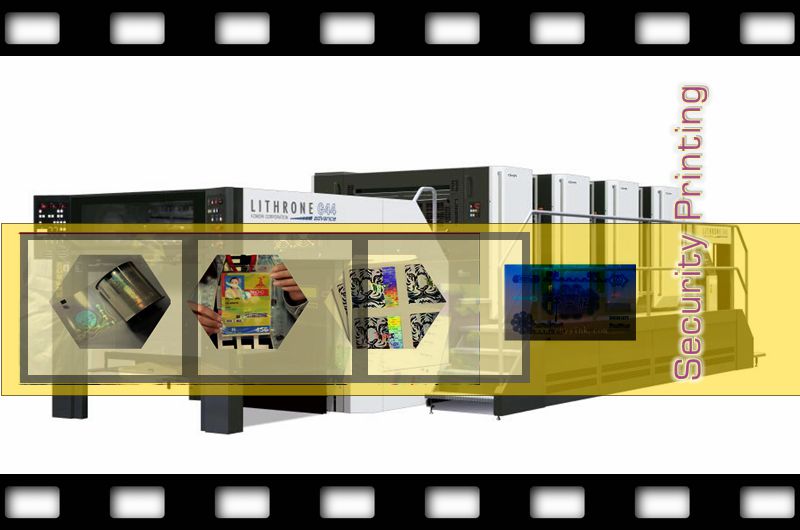
Materials and auxiliary
Paper anti-counterfeiting
Paper is the material basis for printing various securities. Some special papers manufactured by special processes basically have anti-counterfeiting characteristics. The anti-counterfeiting technologies used in special papers mainly include: anti-counterfeiting paper, as a new development in the field of anti-counterfeiting technology, has advantages The following aspects. First of all, it is to make the holographic pattern directly on the paper, removing the plastic information layer, so there is little possibility of being copied. Secondly, the patterns on this kind of anti-counterfeiting paper can be designed and plate-made according to the requirements of the merchants to produce papers of different textures and weights (70g~400g, such as coated paper, cardboard, cardboard, etc.) that the merchants need. Like ordinary paper, it is reliable and convenient to carry out offset printing and screen printing. Third, the price of this kind of anti-counterfeiting paper is only slightly more expensive than ordinary composite gold and silver cardboard, which is only equivalent to a tenth of the price of holographic anti-counterfeiting trademarks. First, it saves the labor cost of labeling and is easily accepted by merchants. Fourth, products packaged directly with this laser anti-counterfeiting paper can not only play a role in anti-counterfeiting, but also are very beautiful. Fifth, because the holographic paper can be discarded Weathering in the soil will not cause environmental pollution. Therefore, it will gradually replace laser holographic products containing plastic film. Some manufacturers of cigarettes, wine, cosmetics, and food have begun preliminary attempts to use laser holographic anti-counterfeiting paper, and have achieved good results. Economic benefits. It is expected that this new type of anti-counterfeiting packaging material will have a broad market.
Watermark paper
In the manufacturing process of watermarked paper, technical means can be used to make the required logos, patterns, etc. into the paper. These patterns are not easy to see under normal circumstances. They can only be seen clearly when facing strong light. Most of the larger denominations of RMB use watermarks. Paper printing. Watermarking is still recognized as an effective anti-counterfeiting technology by anti-counterfeiting experts all over the world in the era of advanced science and technology. Various tickets are also printed on water-printed paper. For example, the "Fulan Kelin" head watermark was used in the new version of the US$100 paper in 1996, and the watermarks such as "Tiananmen" and "Mao Zedong" were made on China's large-denomination renminbi paper. In addition to being used in currency paper, watermarking has also been widely used in other ticket papers. The position of the watermark on the paper is fixed, non-fixed and semi-fixed. The production process of watermarked paper was invented by Italian papermaking experts in the 13th century. Because it incorporates complex craftsmanship such as design, carving, mesh making, and papermaking in the manufacturing process, it often makes counterfeiters helpless. Checking the watermark is also one of the most effective means to identify true and false. Of course, it is not economical to use a large number of watermarks for anti-counterfeiting in packaging decoration at this stage. An ink is developed with special materials and imitation watermark marks are printed on ordinary copperplate paper, which is very similar to the watermark effect.
Anti-counterfeiting additives
The so-called anti-counterfeiting additives are special additives that are processed by special processes by adding anti-counterfeiting materials with special properties into the ink binder. The anti-counterfeiting additives developed and applied in our country can be divided into 10 categories, which are described separately. The specific implementation mainly uses special coating machines or other equipment to add anti-counterfeiting additives to the ticket, product trademark and packaging paper layer. This type of anti-counterfeiting technology is characterized by simple implementation, low cost, good concealment, bright colors, convenient inspection (even the color can be changed by hand temperature), and strong reproducibility. It is the preferred anti-counterfeiting technology for banknotes, tickets and trademarks in various countries.
1. Ultraviolet fluorescent anti-counterfeiting technology Under ultraviolet light (200~400nm), it can emit visible light (400~800nm) special ink.
2. Daylight-induced discoloration anti-counterfeiting technology Under sunlight, it can emit visible light (400~800nm) anti-counterfeiting technology. This anti-counterfeiting technology appears to be discolored due to the action of the sun, but in fact it is also discolored by ultraviolet radiation.
3. Thermal anti-counterfeiting technology The anti-counterfeiting technology that can change the color under the action of heating. According to the temperature required for discoloration, it can be divided into hand-temperature discoloration anti-counterfeiting technology and high-temperature discoloration anti-counterfeiting technology.
4. Reaction discoloration anti-counterfeiting technology Various chemical substances added to paper can undergo various chemical reactions under certain conditions, so that the paper can change its color and achieve the purpose of anti-counterfeiting. As part of thermal anti-counterfeiting technology, pressure-sensitive color-changing anti-counterfeiting technology and humidity-sensitive color changing are all color-changing anti-counterfeiting technologies. In addition, an acid-base indicator is used to add to the paper. After it is printed into a trademark, it can change the color of the paper and achieve the purpose of anti-counterfeiting.
5. Magnetic anti-counterfeiting technology is a special anti-counterfeiting technology made by mixing magnetic iron oxide powder into paper. At this stage, it is mainly used for printing magnetic coded characters and symbols of bank notes, and has the function of recording and storing information.
6. Anti-counterfeiting technology such as dripping disappearing technology is mixed with material components that can produce biochemical reactions. You can use this additive to mark the packaging products and printed products that need anti-counterfeiting first, and then, according to the formula, it is targeted Choose chemical reagents, when using micro-heating, wetting, rubbing and other methods to operate, the text or pattern will be revealed.
7. Liquid crystal anti-counterfeiting technology Compounds with crystalline properties are added to the ink. Under the influence of weak current and temperature, the liquid crystal displays bright and dark patterns and colors due to changes in the crystal lattice. Packaging decorations printed with this ink can react with changes in temperature.
8. Printing spot color ink Printing ink is a mixture of pigments, fillers, binders, etc. The composition of the pigment is an important factor that determines the hue and vividness of the printed product. Ink color matching is a very complicated problem. The chroma, brightness difference and some inherent colors of some organic and inorganic pigments in nature cannot be achieved by artificial synthesis.
